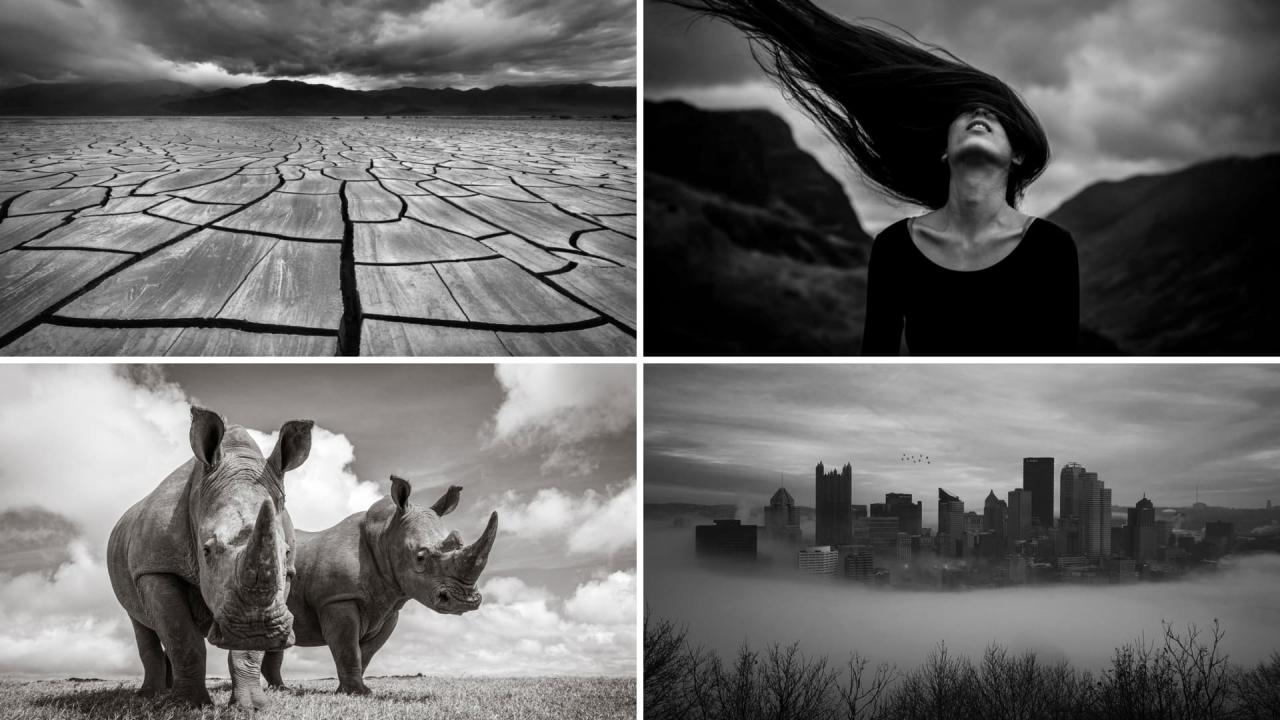The Basics of Black and White Photography

With the popularity and ease of digital photography, taking photos with a film camera and developing them yourself is a dying art; but it can be an interesting and rewarding hobby. The first thing you need, of course, is a film camera. An SLR or single lens reflex camera uses 35mm film and is still readily available. You can find a good deal on a used camera online or through classified ads.
Most retail outlets don't sell black and white film anymore, but many specialty camera stores still carry it, or you can buy it online through photographic supply stores such as B&H Photo. Once you have a camera and film to put in it, you are only limited by your imagination. Taking pictures with a film camera is not nearly as easy as using a digital camera, but the end result, especially when using black and white film, is worth the extra effort. Black and white prints from film have a depth and clarity that just can't be achieved digitally.
Basic Darkroom Equipment
Taking the pictures is only half the fun. The real challenge and the 'art' part is taking that film and developing it yourself in your own darkroom. Again, you need basic equipment to develop your own black and white prints. One of the benefits of the popularity of digital photography is darkroom equipment is very affordable. Online auction sites have all the equipment you need at very reasonable prices.
To set up your own darkroom you will need an enlarger, safe lights, developing chemicals, photo paper, and a small dark space with running water available. Many local community colleges offer classes in basic photography. If you are serious about taking up the hobby, it is time well spent.
As with most hobbies, there is some cost involved. Film runs about $6 for a 24-exposure roll. A pack of 25 sheets of photo paper is around $25, depending on the brand. The chemicals are fairly inexpensive. You will need developer, stop bath (stops the developing process) and fixer which sets and hardens the print.
Developing Film in a Darkroom
Once you have taken your pictures, there are two main steps to follow to get from exposed film to finished print. The first step is developing your film. This process needs to be done in complete darkness. The film can be removed from the camera using a changing bag. This is basically a lightproof bag with openings for your hands.
The film is taken out of the camera and put into a light proof container. It can then be developed in this container. The end result is a long strip of negatives. The negatives are then cut into strips and developed into a contact sheet. The contact sheet will give you thumbnails of your prints. Using your negatives and the developer, the next step is to make your prints. This is the fun part, because you are never sure what you have until you see the developed print.
Enhancing Film Images in the Developing Stage
Once you have mastered the art of black and white photography, you can experiment with several ways to enhance your photos. While still in the darkroom you can add toners to the process, which will alter the finished color of your print. The most popular effect achieved with toner is sepia tone. This makes your photos look old fashioned or aged.
Another process that is fun to experiment with is hand coloring. This technique takes a bit of artistic talent, but the process is fairly easy. For this effect, you will need a hand coloring kit. This is a set of paints designed specifically for black and white prints. They come in tubes or as pencils. It takes a bit of trial and error, but the end result can be very nice. You can vary the effect by the amount of color you use on your print.
Black and white photography is a fun and rewarding hobby that is worth the cost and effort it takes. You have control over every step of the process, from what pictures you choose to take to how your finished prints will look. The end result is a collection of classically beautiful family photos, and/or a record of the world around you.